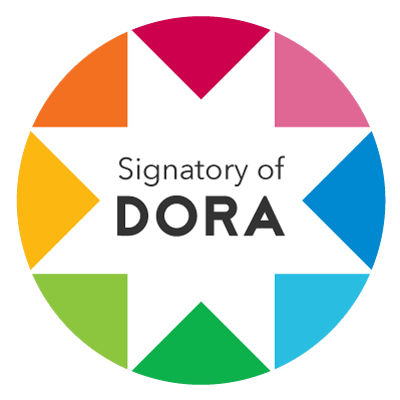Emotion across Modes in Bol: A Multimodal SFL Analysis of English Subtitles
DOI:
https://doi.org/10.47205/jdss.2025(6-II)33Keywords:
Multimodal Analysis, Silence, Bol, Interplay, Visual, Non-Verbal, EmotiveAbstract
This study deals with an analysis of both text and images of the BOL movie (2011) by applying a multimodal discourse analysis approach proposed by Kress and Van Leeuwen’s theory (2006), as well as a systemic functional linguistic analysis approach, drawing from the theory of Halliday & Matthiessen (2014). The core objective of this study is to explore how text and images are integrated to convey interactional meanings within movies and to investigate how these elements together highlight the interpersonal meaning conveyed through textual content. The entire movie on YouTube was watched, and then screenshots of powerful, emotive scenes, along with their subtitles, were captured as data. The analysis examines five powerful emotive scenes to explore how emotions are constructed across visual and verbal modes in the Pakistani movie Bol (2011). These scenes are emotionally intense, showing the themes of domestic violence, patriarchy, gender differences, and female resistance. Each scene is analyzed based on its mood structures, visual features (gaze, angle, distance, modality, and participants), and interplay between text and images. The findings of this study unveil that the Bol movie not only conveys emotions through verbal language but also camera angles, directions, silence, and gaze. In conclusion, verbal and nonverbal language in this movie enhances the emotional intensity of the movie.
Downloads
Published
Details
-
Abstract Views: 158
PDF Downloads: 156
How to Cite
Issue
Section
License
Copyright (c) 2025 Journal of Development and Social Sciences

This work is licensed under a Creative Commons Attribution-NonCommercial 4.0 International License.

ORIENTS SOCIAL RESEARCH CONSULTANCY (OSRC) & Journal of Development and Social Sciences (JDSS) adheres to Creative Commons Attribution-Non Commercial 4.0 International License. The authors submitting and publishing in JDSS agree to the copyright policy under creative common license 4.0 (Attribution-Non Commercial 4.0 International license). Under this license, the authors published in JDSS retain the copyright including publishing rights of their scholarly work and agree to let others remix, tweak, and build upon their work non-commercially. All other authors using the content of JDSS are required to cite author(s) and publisher in their work. Therefore, ORIENTS SOCIAL RESEARCH CONSULTANCY (OSRC) & Journal of Development and Social Sciences (JDSS) follow an Open Access Policy for copyright and licensing.







